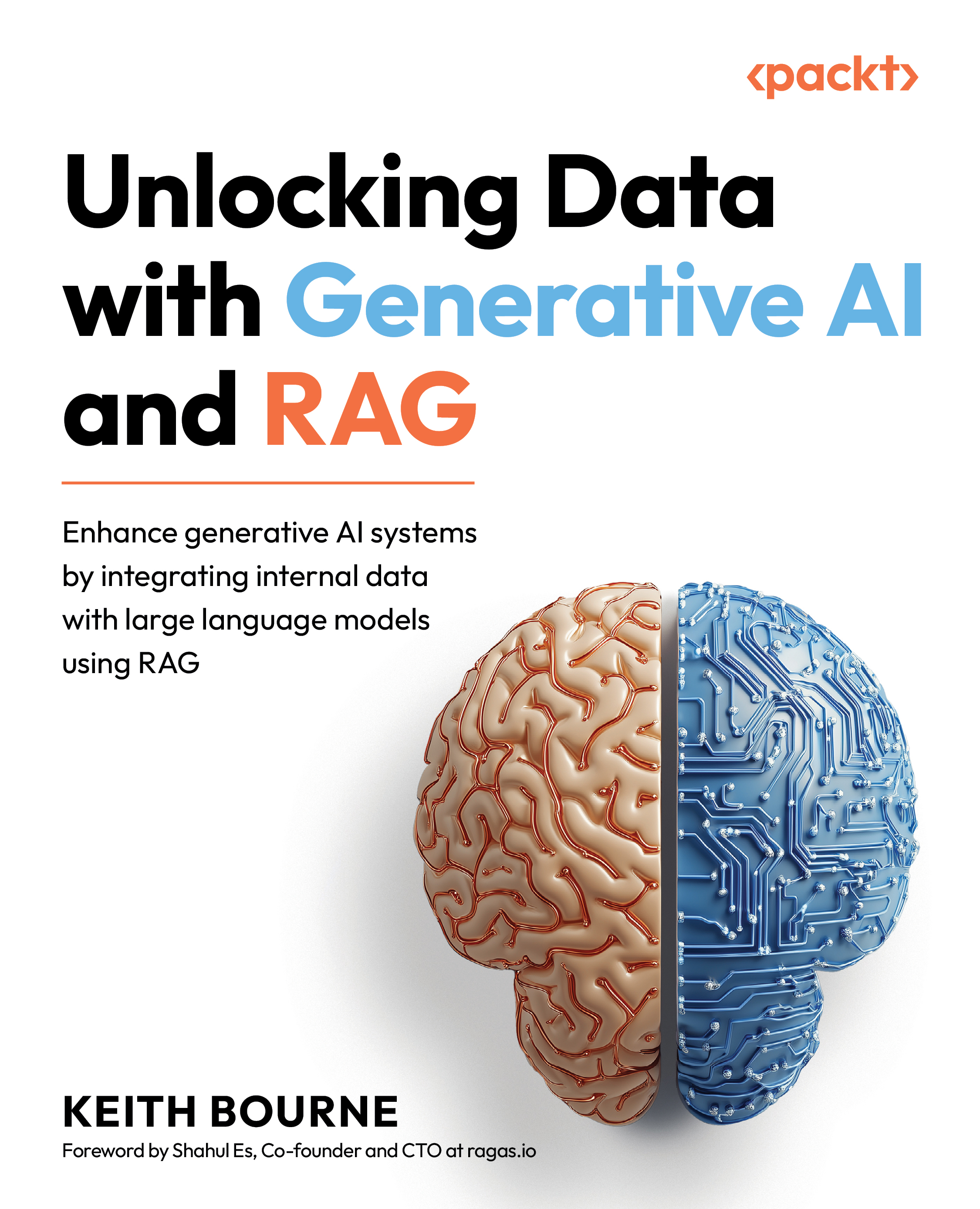Take your shot
No-shot, single-shot, few-shot, and multi-shot are common terms you will hear when talking about your prompting strategy. They all stem from the same concept, where a shot is one example you give to your LLM to help it determine how to respond to your query. If that is not clear, then I could give you an example of what I am talking about. Oh wait, that is exactly the idea behind the shot concept! You can give no examples (no-shot), one example (single-shot), or more than one example (few-shot or multi-shot). Each shot is an example; each example is a shot. Here is an example of what you would say to an LLM (we could call this single-shot, since I am only providing one example):
"Give me a joke that uses an animal and some action that animal takes that is funny. Use this example to guide the joke you provide: Joke-question: Why did the chicken cross the road? Joke-answer: To get to the other side."
The assumption here is that by providing that example...
































































